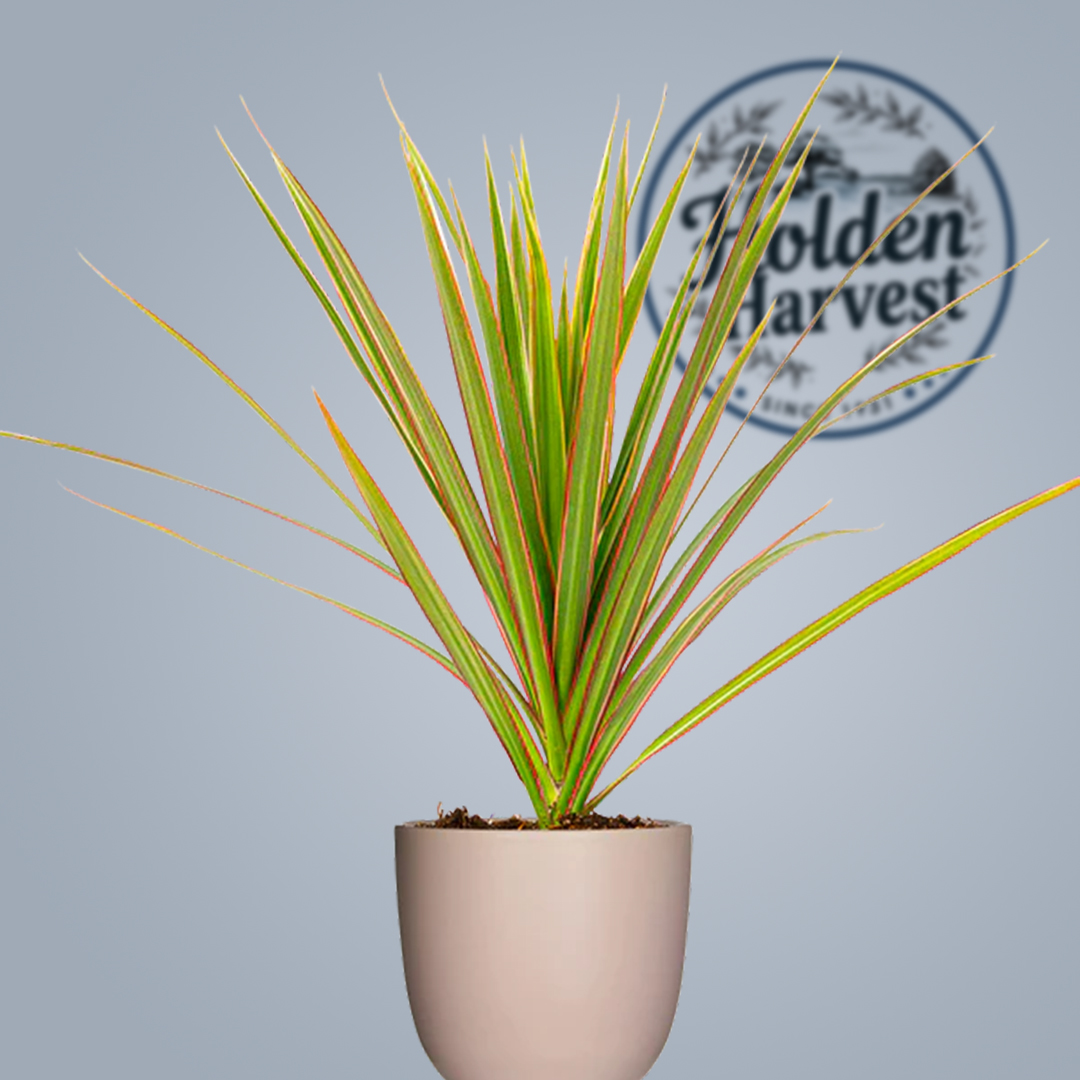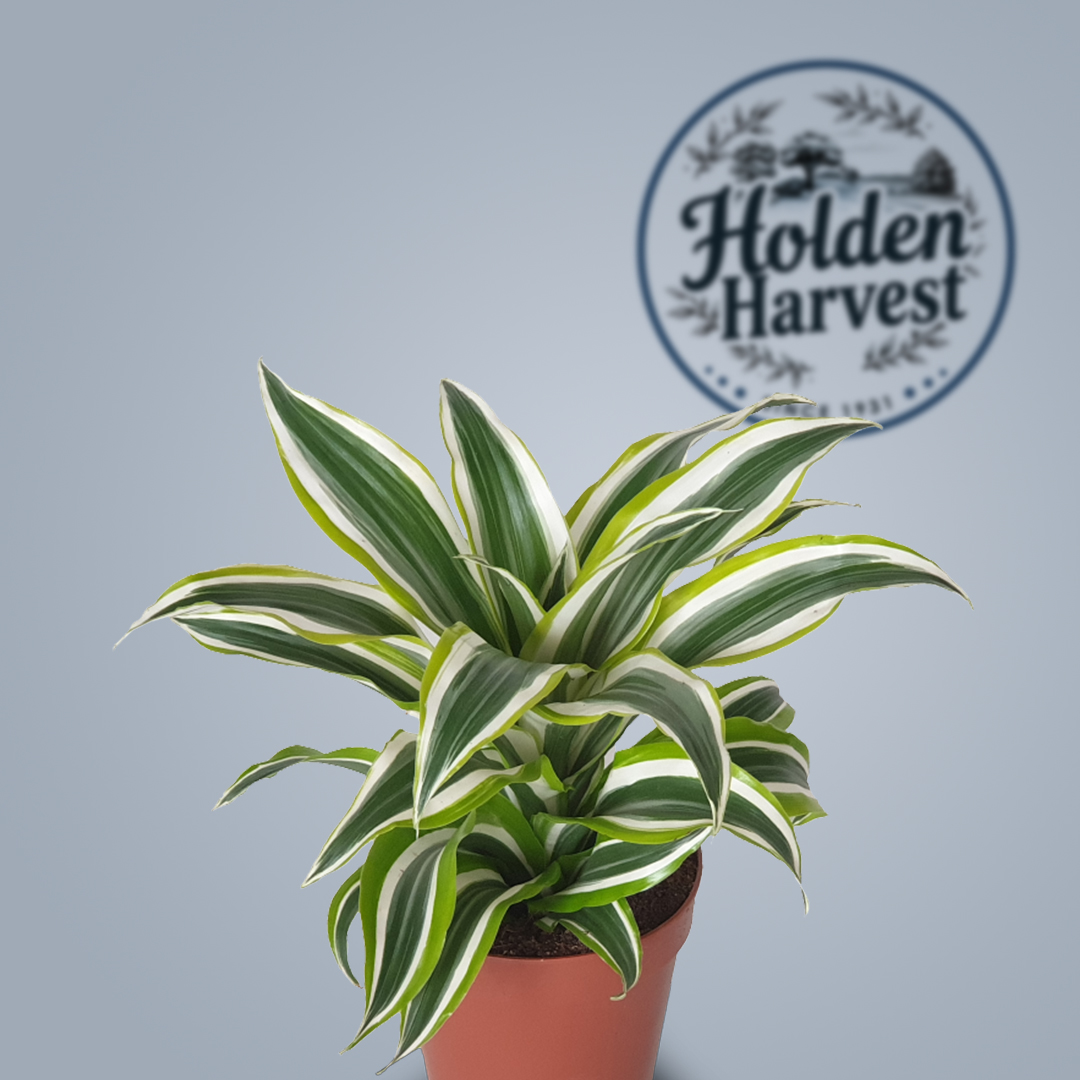Dracaena leaves are long, sword-shaped, and glossy, with vibrant green or variegated patterns. They are known for their air-purifying properties and low-maintenance nature, making them ideal for indoor spaces.
Dracaena leaves are a popular choice for indoor plants due to their striking appearance and low-maintenance care. With long, narrow, and glossy leaves, they add a sophisticated touch to any room. These plants come in various colors and patterns, from deep green to variegated shades of yellow and red.
Dracaena leaves are known for their vibrant colors and sleek texture. The leaves grow in rosettes, with some varieties featuring spiky or arching growth. The plant’s ability to tolerate low light conditions makes it a great choice for indoor spaces. Dracaena leaves also purify the air, improving the indoor environment by removing toxins.

Dracaena plants thrive in well-drained soil and can adapt to both bright, indirect light and low-light areas. They prefer moderate watering but should not be overwatered. It’s important to let the soil dry out between waterings to prevent root rot. Fertilizing the plant every few months promotes healthy growth.
Dracaena leaves make excellent statement plants in homes and offices. Their unique appearance enhances any space, creating a calm and inviting atmosphere. In addition, Dracaena plants are relatively resistant to pests, making them easy to care for and maintain.
Conclusion
Dracaena leaves are a perfect addition to any indoor space, offering beauty, air-purifying benefits, and ease of care. Whether as a focal point or accent plant, they elevate your environment effortlessly.

1. How fast do Dracaena plants grow?
Dracaena plants grow slowly, typically adding about 6 inches of height per year.
2. Can Dracaena tolerate direct sunlight?
Dracaena prefers indirect light and may suffer from leaf burn if exposed to direct sunlight for extended periods.
3. How do I care for Dracaena leaves?
To care for Dracaena leaves, water when the top inch of soil is dry, avoid overwatering, and place the plant in a location with indirect light.